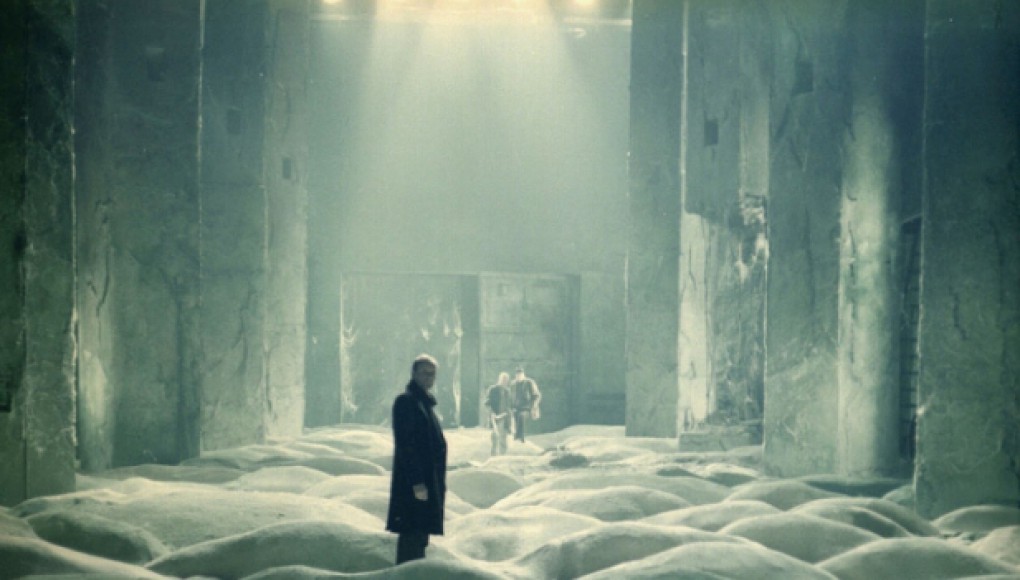Review written by Raul De Leon
Your Name (2016)
Move over Miyazaki! Makoto Shinkai just made the highest grossing anime of all time! I must say that I am surprised. Your Name is a great film but I did not expect such an intellectually stimulating anime to be such a big hit!
Two high school strangers; small town-girl Mitsuha and city-boy Taki, find themselves in the most bizarre situation. Every night when they fall asleep, they become the other person in their dreams. The dreams that are acted out, actually take place in real life. Each one effects the other’s very livelihood. What ensues, is a brain-stirring, fantastical romance that flowers through an ingenious contemplation on the nature of dreams and time.
Shinkai produces a truly one-of-a-kind visionary experience. He throws puzzle pieces onto your lap and let’s you play with them. As you try to piece it together, your emotion towards Mitsuha and Taki overrules and you realize that maybe this puzzle isn’t meant to connect as one precise unified structure. The story is too beautiful to be jammed into a logic compressor, but it’s so sapient that you find your head rattling in a left-brain, right-brain battle.
Your Name relishes in an illogical dreamscape. Mitsuha and Taki swim in this formless waiting room as two lost souls longing for one another. It’s a painful irony, that they can get as close to each other as living in each other’s shoes but cannot experience the other’s physical touch. We yearn for their encounter as much as they do. Shinkai sets it up so that we unconsciously long for the completion of feminine-masculine, country-city, and emotion-rationale, so that the brain hemisphere battle can come to peace.
As many twists and turns the film takes, it runs surprisingly smooth. I found myself especially enjoying the early minutes of the film, lost and wondering as to what is happening along with the characters. The story kicks in motion when they get a grasp on their situation and steadily influence each other’s lives. Then it flows into the combination of wonder and steadiness when they undergo a type of dream amnesia that has something to do with the passing of a comet. Even though they love each other, they just cannot grasp who the other is, finding themselves repeatedly asking the question “what is your name?”.
Everything is fittingly nestled into a colorful vibrancy. The pink and blue twilight match the recurring pink and blue streaking comet that soars so beautifully over the city skyline and open countryside. The comet tails cross over one another, mirroring the film’s conveyance of non-linear time and Mitsuha’s red string of fate that she wears in her hair. The trees, the objects, the people, everything in every scene is glossy, clean, and crisp. Shinkai has made his personal stamp on the wonderful world of animation.
Your Name is a delight that will offer more upon repeated viewings. You may not understand everything that happens the first time around but that’s also part of the fun. Some confusion comes naturally with the film but it is seated into an abundance of love and controlled imagination, making Your Name a unique experience and one of the best films of the year.
If you liked Your Name, you might also like: A Silent Voice (2016), The Girl Who Leapt Through Time (2006), Paprika (2006), 2046 (2004), other films by Makoto Shinkai.
Check out the rest of my reviews on my website: cerebralfilmreviews.com.



